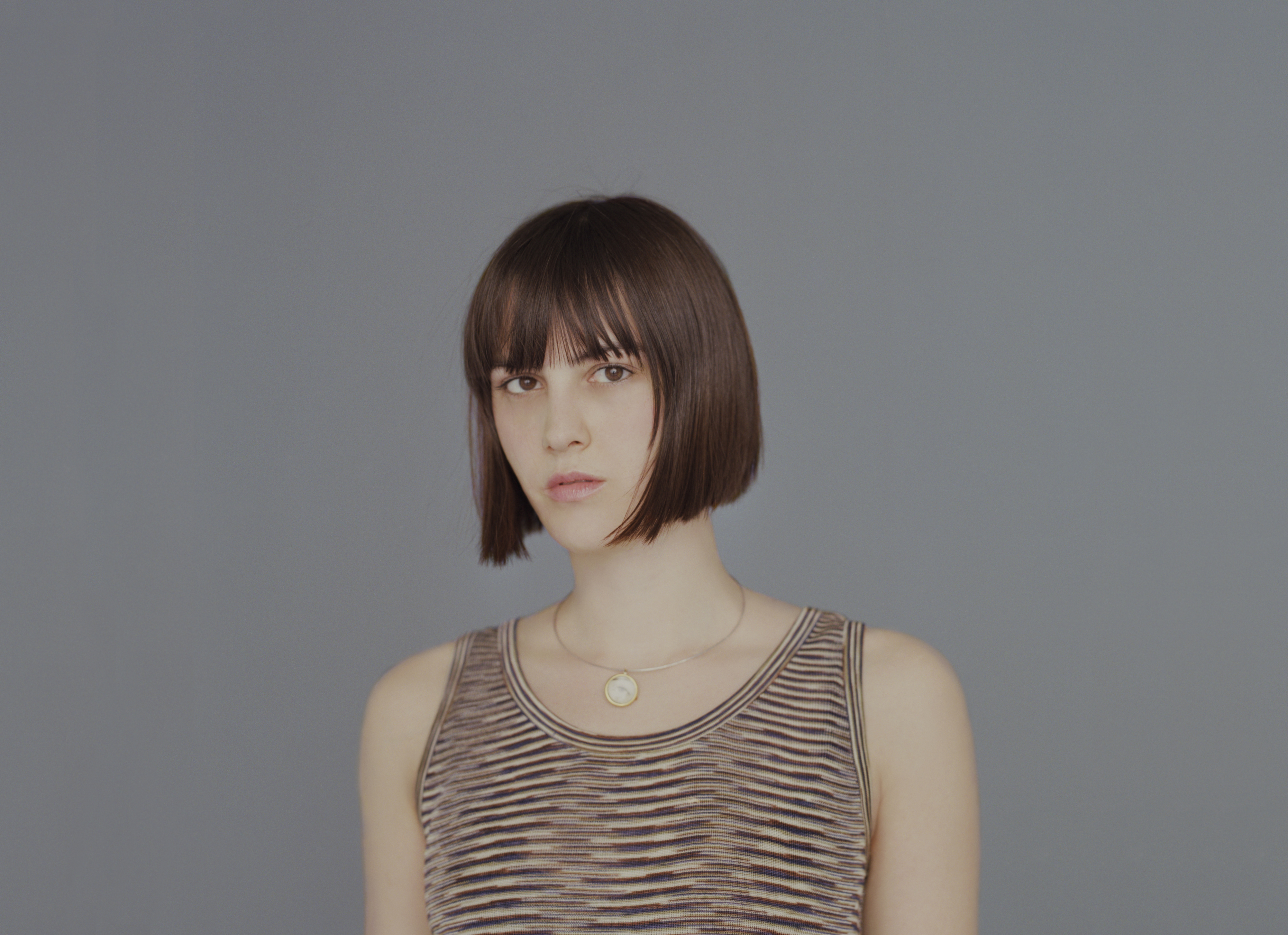Chiara Bardelli Nonino
Chiara Bardelli Nonino is Photo Editor at Vogue Italia and Editor of the Photography channel of Vogue.it
Metronom: What’s the idea behind the Photography channel of Vogue.it? How are the different sections organised?
Chiara Bardelli Nonino: Communicating with the images is at the core of Vogue Italia. For this reason, when we were restyling the new website, Alessia Galvano (Senior Photo Editor of the magazine and head of content at Vogue.it) strongly wanted a channel dedicated exclusively to photography. Its main sections are PhotoVogue, the platform where everyone can sign up and send their pictures to Vogue Italia’s photo editors; Interviews and Focus On, with articles on the masters of photography and on emerging artists; Photostories, with the most interesting young artists’ portfolios and the shootings purposely realised for our website.
What would you suggest to a photographer in order to publish his work on the Photostories section?
An artist can submit their work in two ways: the portfolio, for which the photographer is usually contacted by us on the basis of how relevant his work is from the aesthetics and contents point of view. In case of shootings that are not commissioned by us, they can be created from proposals that are sent from the artists themselves. If their ideas work, they get a pull letter* from us and, if needed, we can assist them during the whole process. Once the shooting is finished, and before its publication, we discuss with the photographer about its sequence and editing. We usually look for someone who has a precise vision, and idea to develop – even if he doesn’t have a strong experience in fashion.
In your opinion, what characteristics should a photographic project have in order to be pulished in a website like Vogue.it?
Paraphrasing a New York Times article by Vanessa Friedman, in a world where communication is increadingly becoming more visual – let’s think for instance at emojis, gifs, photo comments, et cetera – fashion is one of the most universally shared languages. Moreover, a good fashion magazine should be able to present a wide variety of topics by using fashion as a tool to look at things. Also, fashion photographers – the good ones, of course – are, first of all, photographers telling stories through images. In conclusion, I believe that, in order to be included in Vogue.it, a photographic project should do this: tell a good story.** We could discuss for hours about the meaning of ‘good’, but actually I believe that it is very easy for an experienced eye to understand the quality of a work.
Do you think there are common trends in the projects and statements that are submitted to you?
I must say that, unfortunately, the common trend is not positive: it strikes me to see that many photographers have strong difficulties in communicating their ideas, even visually – which should actually be their specialty. Visual illiteracy is widespread also among people who would like a career in producing images. Going back to what I was mentioning before about the predominance of visual communication, I believe it would never be too late to establish courses on visual education in schools; we have been taught how to write and read, but we don’t have tools to use or interpret correctly and consciously an image.
Do you consider your editorial experience as a way to have a view on the contemporary situation of young photography?
I believe it would be impossible to do this job without keeping updated on what happens in the photography world nowadays. For me, photography is an obsession – in particular photobooks – and it doesn’t even seem work. I would gladly spend every spare moment looking at dummies, at degree shows of the universities, or reading magazines. I am, or I have been, subscribed to basically all the publications that deal with photography. However, it is almost impossible to know everything that is going on: every day I discover a new name, or project, and the new material that is produced increases exponentially. But this is also what makes this job extremely interesting, and funny.
From editor to curator: can you tell us your thoughts after the first edition of PhotoVogue Festival? Will there be a second one in 2017?
The first edition exceeded all our expectations for the response of the press and, mainly, for the occasions of encounter and debate: people from all over the world came to Milan, driven by their passion for photography. If I can be a bit sentimental, thinking about it now, it was a wonderful and even touching experience. During the festival, on the contrary, I was so nervous and constantly running around with a severe sleep deprivation. For the second edition we are developing a number of ideas that I cannot unveil for the time being. But I can promise, speaking about visual communication, that it’ll be 😉
Notes:
* Also called LOR or Letter of Responsibility, it is a letter on the magazine’s headed paper confirming that the stylist and the photographer are working for the magazine. It’s useful in order to borrow clothes for the shooting from the brands.
** The ‘story’ can be a concept, a hint, a suggestion…
–
Chiara Bardelli Nonino graduated in Philosophy with a dissertation on post-mortem photography. She is Phioto Editor of Vogue Italia since 2012, and she co-curated with Alessia Glaviano a series of exhibitions, such as The Female Gaze for PhotoVogue Festival. She curated the fashion photography section for the first edition of Just Another Photo Festival, the second edition of Slideluck Bologna, and a selection of Italian photographers for Flash Art. She co-edited a series of independent editorial and curatorial projects.
16/03/2017

